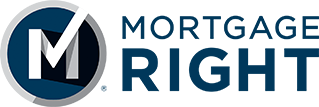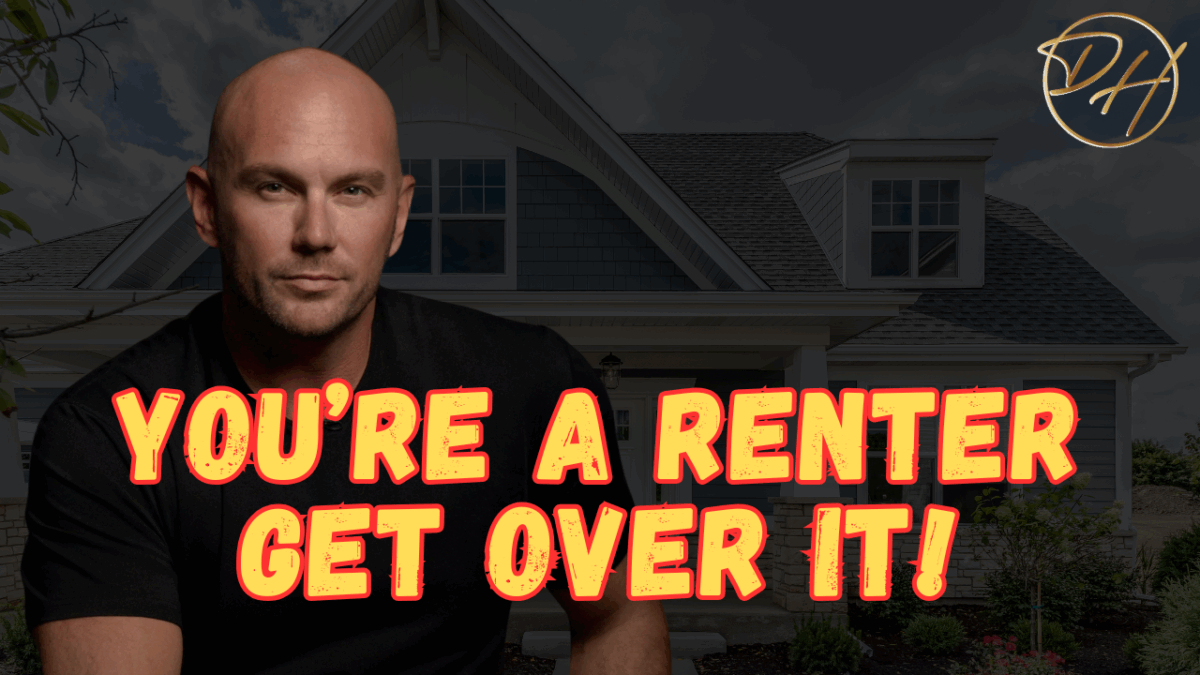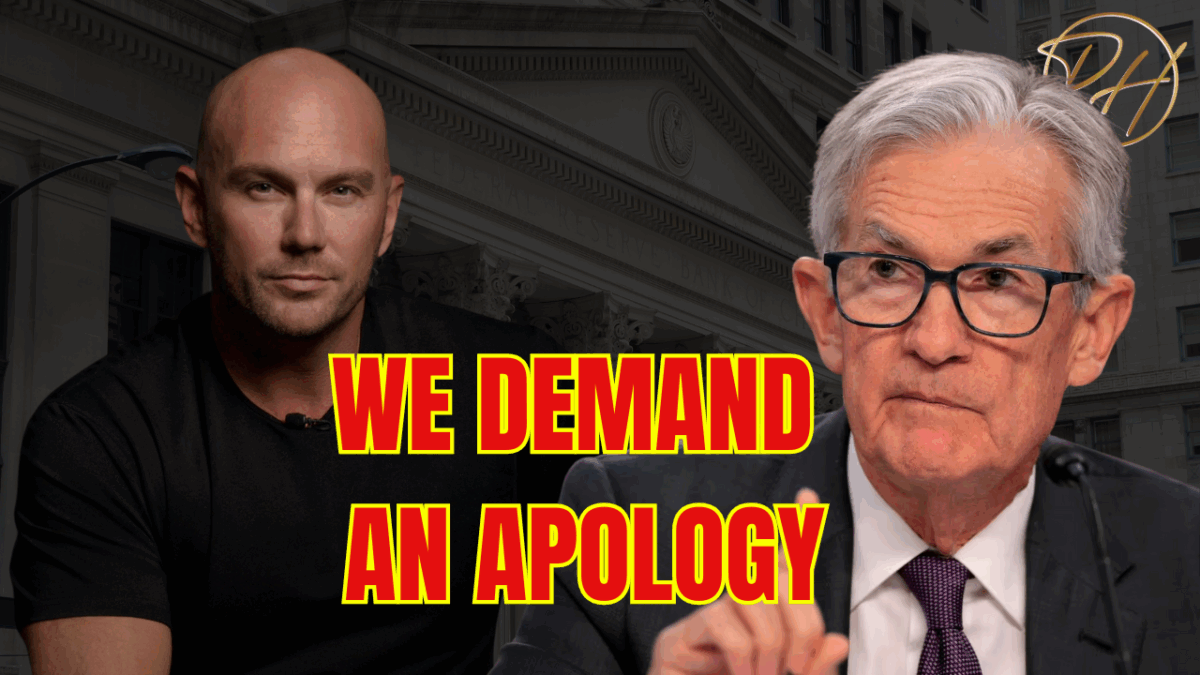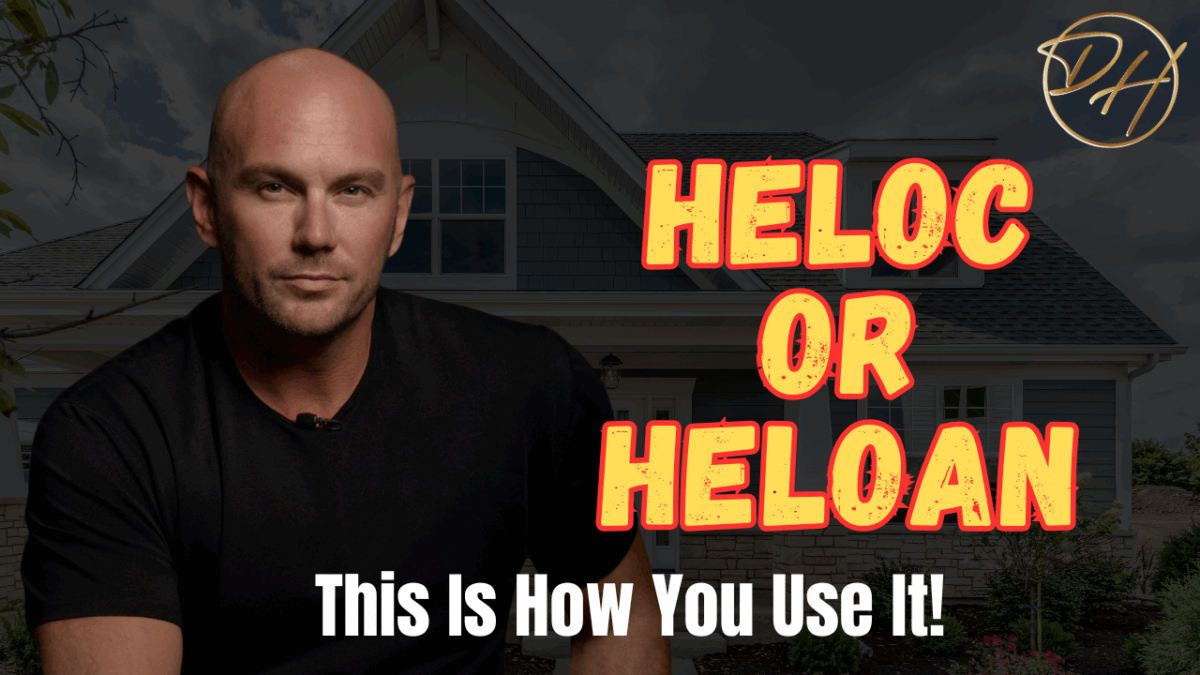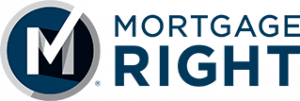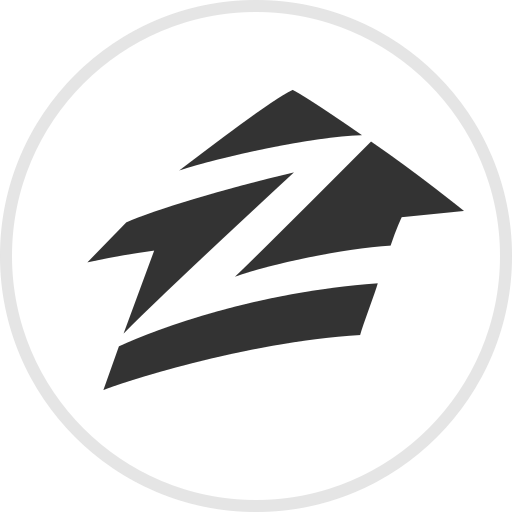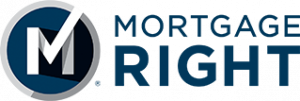You’re a renter.
Get over it.
Not because you’ve made bad choices or done something wrong, but because the game is changing.
Like it or not, America is drifting toward becoming a renter nation. And the wild part? This shift isn’t just about you or your personal circumstances. It’s about something much bigger: the American Dream is being rewritten in real time.
The Rise (and Stall) of the American Dream
After World War II, America reshaped itself. Jobs were booming, returning veterans needed homes, and the government responded. Programs like the GI Bill, FHA loans, and VA mortgages made homeownership not just possible but expected.
This was the golden age of the 30-year fixed mortgage, affordable land, and suburban expansion. Buying a home wasn’t just about shelter. It was about stability, freedom, status, and wealth-building. Homeownership was a rite of passage, your first mortgage was like your first suit: a symbol of adulthood.
But fast-forward to today, and that dream is fading fast.
The tools of ownership still exist but for many, they’re completely out of reach.
You can’t build equity if you can’t afford to get in the game.
Why the Dream is Slipping Away
We’re not just seeing a market slowdown. We’re seeing a systemic transformation in how Americans access (or don’t access) real estate. Here’s why.
1. Prices and Rates Are Crushing Buyers
Home prices have surged over 118% since 2000—far outpacing wage growth.
- In 2000, the average home cost $125,000.
- In 2024 that number has ballooned to $428,000.
Meanwhile, mortgage rates have jumped from under 3% during the pandemic to 8% in some markets.
To put it in real terms:
- A $350,000 home at 3% = ~$1,400/month
- At 7% = ~$2,300/month
That’s nearly $11,000 more per year, and we haven’t even added property taxes or insurance yet.
2. Down Payments Are a Dealbreaker
A 20% down payment on today’s average home?
That’s over $85,000. Even 10% is still $42,000+ before closing costs.
Most young buyers simply don’t have that kind of liquidity. According to Bankrate, only 32% of millennials have enough savings for a down payment. Gen Z is even further behind.
It’s not laziness. It’s not irresponsibility. It’s a structural problem that leaves working Americans locked out of ownership and locked into rent.
3. Investors Are Buying the Dream
While individual families are struggling to save, institutional investors are buying homes at scale.
In cities like Atlanta, Phoenix, and Tampa, over 1 in 4 homes are being snapped up by investors, often for cash.
These homes don’t go back on the market. They become long-term rentals. Worse yet, many are now being built never to be sold, in entire build-to-rent communities. The result?
- Less inventory
- Higher prices
- More renters
This isn’t a conspiracy theory. It’s a business model, and it’s winning.
4. Younger Generations Are Rethinking Ownership
Millennials and Gen Z aren’t just priced out, they’re cautious for a reason.
They watched their parents lose homes in the Great Recession.
They’ve grown up seeing homeownership as a risk, not a reward.
Combine that with a culture that values mobility, experiences, and minimalism, and you have a generation more open to renting—but still deeply frustrated by the lack of access to ownership.
They don’t reject the dream. They just don’t see a clear path to it.
5. Where You Live Changes Everything
Location is destiny. In coastal cities like San Francisco or NYC, even high earners can’t afford to buy.
Meanwhile, more “affordable” areas often lack the job opportunities needed to grow. So many Americans are stuck between:
- Rent in the city, where your career can grow
- Or buy in the suburbs, where opportunity is limited
That’s not freedom. That’s geographic inequality.
Can We Reverse This?
Yes. But it’s going to take real reform not just wishful thinking.
Here’s what we need:
- Down Payment Assistance: Real money. Not token grants. $25k–$50k in targeted support for middle-income families.
- Smarter Underwriting: Count rent history. Reevaluate how student debt affects credit decisions.
- First-Look Protections: Let renters buy in their own communities before investors swoop in.
- Zoning Reform: Legalize duplexes, triplexes, and townhomes in single-family zones. Build smarter.
- Shared Equity Models: Nonprofits or cities co-invest and share appreciation—lower the barrier to entry.
- Financial Literacy: Start early. Teach credit, saving, and buying in high school and college.
- Employer Incentives: Companies can help recruit and retain talent by offering housing support.
- Public-Private Partnerships: Leverage city land + private capital to create affordable housing at scale.
These solutions already exist in pilot programs across the country. We just need to go bigger.
Don’t Give Up—Get Informed
We may be on the verge of becoming a renter nation.
But we don’t have to stay one.
Homeownership still matters. It’s about more than money—it’s about roots, resilience, and freedom.
So if you’re renting, don’t feel ashamed. Feel informed. Feel fired up.
The system isn’t built to help you—but that doesn’t mean you’re stuck.
There are ways forward. And we’re going to fight for them.
Not just to preserve the American Dream.
But to reimagine it—for everyone.
Written by Darin Hunter | Mortgage Professional |
